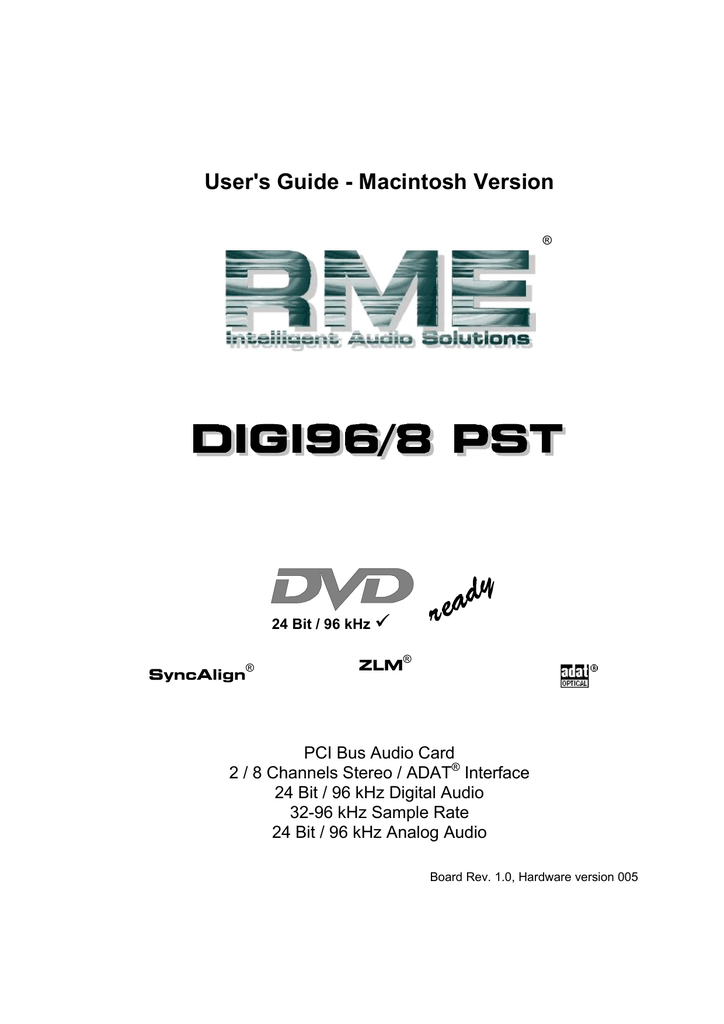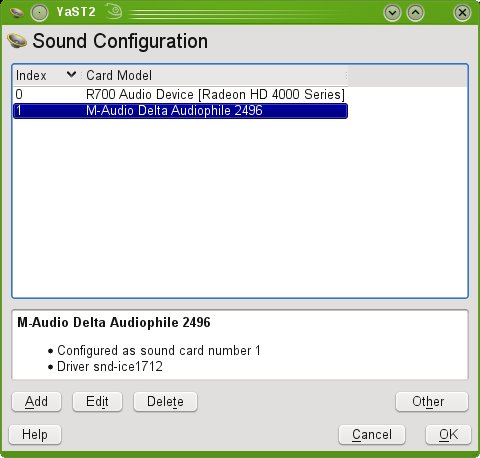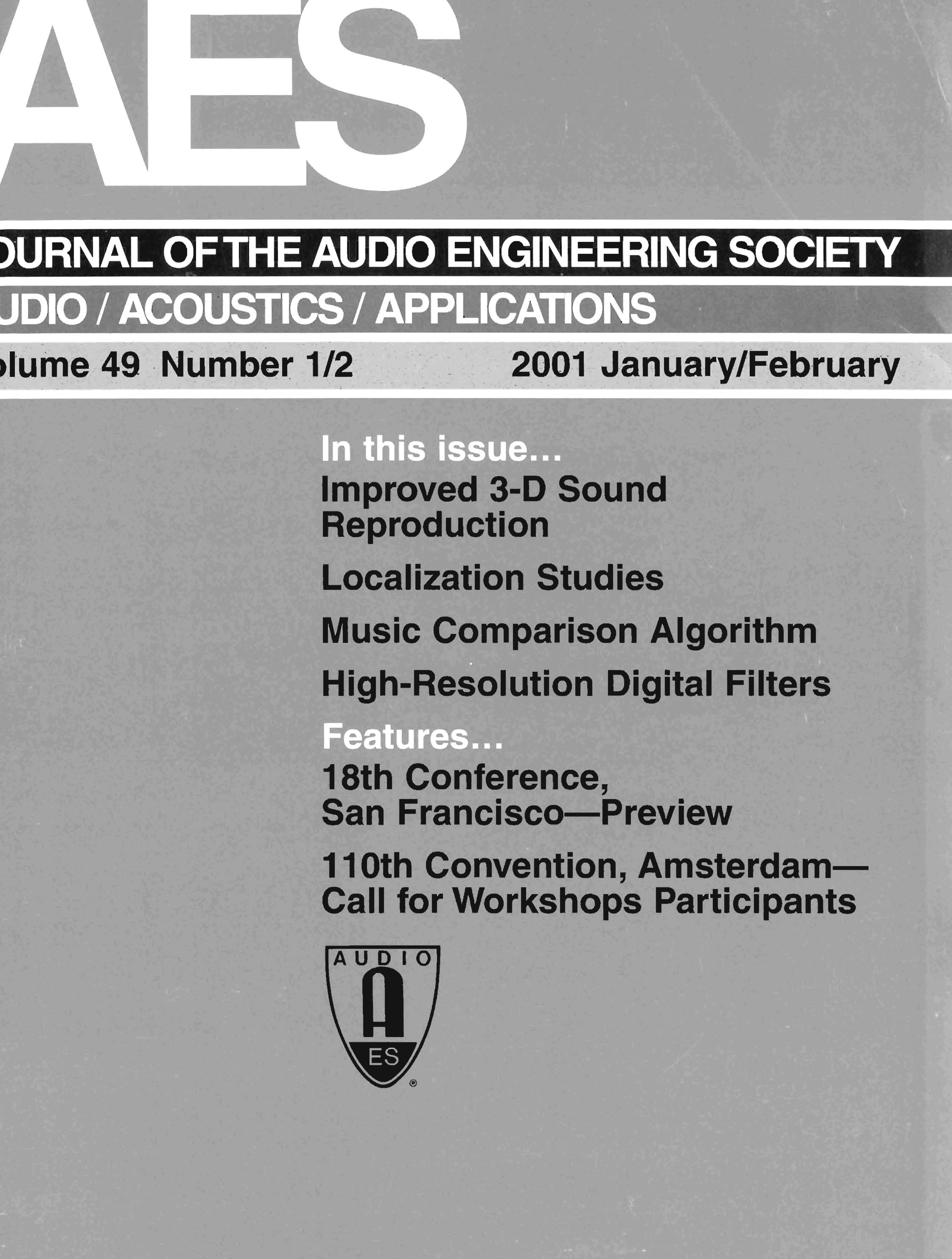DriverMax Free Edition 7.29 scans, identifies, and updates your PC's hardware drivers automatically, one by one. It also backs up and restores drivers, keeps track of downloaded drivers,. PC Pitstop - PC Performance Roots. PC Pitstop began in 1999 with an emphasis on computer diagnostics and maintenance. During the early days of the dot com.
- Drivers Emagic Soft- Und Hardware Sound Cards Online
- Drivers Emagic Soft- Und Hardware Sound Cards & Media Devices For Sale
- Drivers Emagic Soft- Und Hardware Sound Cards Download
Drivers Emagic Soft- Und Hardware Sound Cards Online
Page 3

page 12 3 4567891011
The Birth of Logic
Drivers Emagic Soft- Und Hardware Sound Cards & Media Devices For Sale

In the meantime, C-Lab's programmers formed a new company called Emagic after what appeared to be a falling out at C-Lab. Atari and Notator's plight was openly discussed nightly on GEnie's ST and MIDI Roundtables. These were online discussion groups, and occasionally Gerhard Lengeling and Bob Hunt and others from Emagic would post. (There was also an Emagic forum on Compuserve). They assured us, much to the relief of the online Notarians, that our investment in Emagic was meaningful to them, and we were not to be left out in the cold. In 1993 they introduced what was to be a cross-platform solution following the logic of Notator, called Notator Logic. Eventually the preface 'Notator' was dropped and the program was simply called Logic. Notator's hardware would still work with Logic Atari, and when it was time to move to a new platform there were inexpensive crossgrade options. Emagic artfully handled the transition. The first unveiled Atari version is 1.5. It was bundled with the final version of Notator (v3.21) Logic had many of the same features as Notator, and shared the same nomenclature, but with an object oriented GUI. Below is the welcome screen of Logic 1.5, released in the latter part of 1993. Note that 1.5 already has the basic layout as Logic Audio has today.

'Go to Work with a Smile!' was an early advertising slogan for the new logic. And some of us did, after staying up all night learning a new and mysteriously deep sequencer architecture with an environment of cables, re-routable MIDI outputs and objects such as transformers and arpeggiators, delays, mixers, program selectors and more. Its an awesome idea, still unmatched by nearly all sequencers out today. My hope is that eventually Emagic puts its audio engines and audio files in the environment where they can be cabled up to plugins and audio transforms.

All was great for a while. Logic and the Atari went well together. The system was running well, with Notator Logic, Unitor, Human Touch and Export for a massive MIDI system.
Drivers Emagic Soft- Und Hardware Sound Cards Download
Notator logic came in futuristic plastic box filled with manuals, addendums an disks. The manuals were well done and were graphically rich. Amazing for the time, Emagic made sure the manuals and plastic case were made of 100% recyclable materials. They even offered to recycle the box for you if you sent it back to them (!). One had to appreciate the care Emagic took to communicate the proper understanding of Notator Logic.
Then suddenly the Atari platform showed rumblings of imminent demise, right around the time of the rumored. Notator Logic 1.7 (Logic Audio Falcon, or LAF (sic), which was to introduce audio recording. Atari was an understaffed and ailing company in the early 90's as the popularity of Microsoft Windows and Intel 386's and then 486's began to shake the smaller manufacturers from the market with high resolution color graphics and digital audio possibilities. Atari eventually went out of the home computer business, despite the often heroic efforts of some 3rd party developers, in-house employees, and passionate user base, leaving the Notarians to struggle along with their aging STs. Atari did release two 68030 machines before its demise, the TT030 and the Falcon 030, but regrettably they were incompatible with Notator SL (but worked fine with Atari Logic--there was a beta version of Logic Audio Falcon introduced at one point, but it faded under the dominance of Cubase Audio Falcon, the ancestor to Cubase VST). It was a sad day for those on the Atari platform, as it meant no more software and the end of Logic's development.

Logic Goes Mac
During this super-charged period of computer/software development, Emagic took Notator/Logic to the Mac. V 1.6 was released early in 1993. It appeared to be just like the Atari version. A year later, in the cold of winter 1994, version 1.7 was released that was designed for Mac System 7, required 8MB of Ram, and at minimum a 68030 Mac. A whopping 600 MB hard drive was the recommended minimum. This was a ground breaking event as audio had finally arrived in Logic.
Audio was delivered in the young Logic via the DAE (Digidesign audio engine) made by the developers of Sound Tools (right around the time they changed the name to Pro Tools). The major audio cards for Logic were the AudioMedia I and II, SoundTools 2, and the new Session 8 all by Digidesign. Depending on what you had installed, you could expect 4 to 16 tracks of audio.
Logic 2.0 goes PC
It was 1995 and PCs were on the rise against the Macs. The '386 and '486 processors were here and Windows had evolved beyond its 3.0 release. The first versions of Logic PC were far behind the Mac versions. They were still MIDI only and from my experience, were not as good as the old Atari versions, and they still did not take advantage of the PC's color screen. Emagic, always generous, offered crossgrade deals from Atari to Mac or PC. Whichever way you wanted to go, you could. PC versions 2.0-2.2 seemed to be an attempt to get the MIDI system down right. On the Mac, 2.5 refined the audio systems and now allowed you to use Apple's own Sound Manager for audio, rather than getting a costly Digidesign card. These were the heady days of the Mac Centris and Quadra machines, which cost about twice the money as a 486DX2 PC, quite remarkably like the price difference between a stock AMD machine and a G5 today. Logic Mac saw the introduction of many features we still hold dear today--the audio quantize engine, the Time machine, Audio Energizer, Silencer, and Audio-MIDI and Audio to Score features that are still in Logic 7.0 today.
Near the end of 1996, Logic 2.5 is ported to the PC, designed to run on the new Intel Pentium platform. A typical system would have a P90, 16 MB of Ram and a fast hard disk. And a decent soundcard. The Soundblaster card of the day, the AWE32, would not do. The higher end cards of the day, the turtle beach tahiti (still in Tweak's closet) and the Digital Audio Lab's cards as an alternative to the reportedly buggy DAE implementation on PCs. Though I had Logic 2.5, I still used Atari Logic for MIDI and used used A Windows 3.1 audio multi track program in sync with time code. That, at least, worked. These were not good days for audio recording on a PC. Windows 95 was released and just about everything related to audio broke down--software, hardware, drivers. This was also the time when internet discussion forums were taking hold. People would shout, scream and break down and cry trying to get their expensive audio systems to work on PCs. It was not happening.
page 12 3 4567891011
Go to the Next Page
Go to the Previous Page
